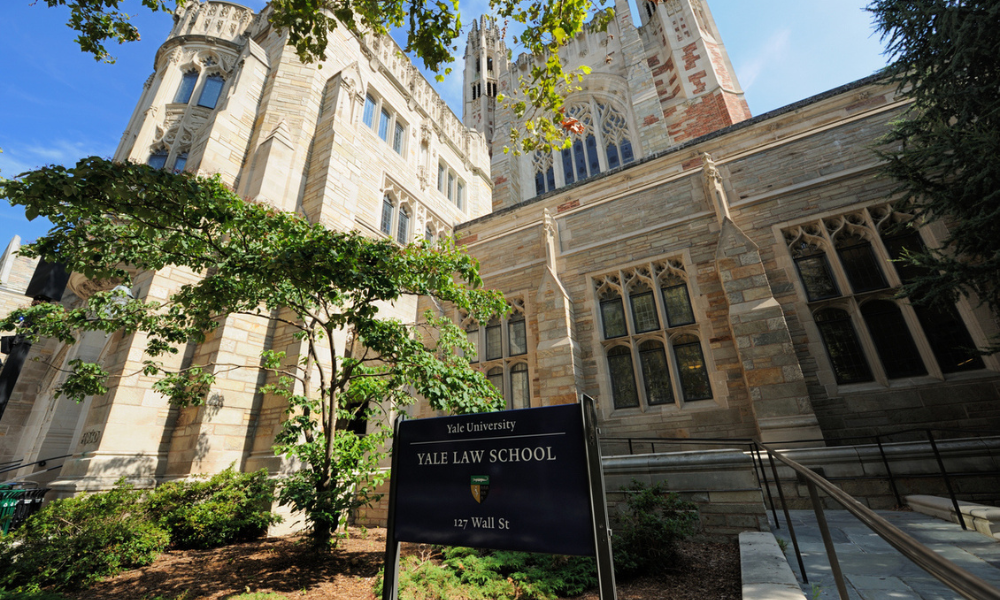Our cover story this month is on the federal process for appointing judges, and as several experts told us, it is a highly secretive process. But the fact it lacks transparency is not really the biggest problem — it is the lack of diversity once the judges are picked.
Like everyone else, we were not provided with reasons why any particular judges were appointed to the bench. With such a mysterious process, it leaves outsiders wondering how issues such as diversity on the bench can be improved.
In other hiring contexts — whether it is a law firm, government department or corporate legal department — there are common objections voiced against calls for more diversity. Here is my response to some of the most common ones, which we could apply to the federal process as well:
We hire based on merit, not based on quotas. As Lai-King Hum, president of the Federation of Asian Canadian Lawyers, points out in our story, “How do you measure merit? It is a code word and it can be used for exclusion.” What those who defend the “merit” approach also seem to imply is hiring decisions have traditionally been based on merit. But that was never the case. White men were traditionally more likely to hire other white men, not just because they were the best candidates for the job but because they could more easily connect with someone like them. They may not even realize they are doing it, but the effect is that the candidate with the most merit was often not hired for the job.
There aren’t enough qualified candidates. This is a more credible defence, especially in the context of higher courts such as the Supreme Court of Canada, where many judges work their way up, and diversity is lacking on the lower courts as well. In fact, Supreme Court Chief Justice Beverley McLachlin recently made a similar argument, telling the Toronto Star that “. . . the difficulty we have with racial minorities, indigenous people is that we’re just beginning this process of getting the judges in place on the trial benches and so on.” But McLachlin is not the one appointing the judges — it is the federal government, which also appoints judges across the country to courts where Supreme Court judges often come from.
So the responsibility to create “qualified” candidates rests with the federal government as well. And the idea of who “qualifies” for a job can be as slippery as the idea of merit. Judges should have a diversity of experiences, and they can come directly from private practice or academia as well as up through the courts, as qualified judges have in the past.
It is about culture and “fit,” not diversity. This is not generally expressed in the context of the judiciary, but it can be a means of exclusion in many hiring environments. I recall as a law student having to attend a number of cocktail parties at law firms when applying for jobs, and we all knew we were being assessed for our “fit” in that environment just as much as we were at the formal interviews. A Muslim classmate of mine, who didn’t drink for religious reasons, wondered whether he was being judged at these parties for not partaking, since the hiring lawyers may have assumed he wasn’t drinking just because he didn’t “fit.”
No process can be overhauled when it is shrouded. If diversity is the federal government’s goal in the reforms to the appointment process, transparency will serve as a tool to help us root out the objections first, and then truly tackle the problem.
Like everyone else, we were not provided with reasons why any particular judges were appointed to the bench. With such a mysterious process, it leaves outsiders wondering how issues such as diversity on the bench can be improved.
In other hiring contexts — whether it is a law firm, government department or corporate legal department — there are common objections voiced against calls for more diversity. Here is my response to some of the most common ones, which we could apply to the federal process as well:
We hire based on merit, not based on quotas. As Lai-King Hum, president of the Federation of Asian Canadian Lawyers, points out in our story, “How do you measure merit? It is a code word and it can be used for exclusion.” What those who defend the “merit” approach also seem to imply is hiring decisions have traditionally been based on merit. But that was never the case. White men were traditionally more likely to hire other white men, not just because they were the best candidates for the job but because they could more easily connect with someone like them. They may not even realize they are doing it, but the effect is that the candidate with the most merit was often not hired for the job.
There aren’t enough qualified candidates. This is a more credible defence, especially in the context of higher courts such as the Supreme Court of Canada, where many judges work their way up, and diversity is lacking on the lower courts as well. In fact, Supreme Court Chief Justice Beverley McLachlin recently made a similar argument, telling the Toronto Star that “. . . the difficulty we have with racial minorities, indigenous people is that we’re just beginning this process of getting the judges in place on the trial benches and so on.” But McLachlin is not the one appointing the judges — it is the federal government, which also appoints judges across the country to courts where Supreme Court judges often come from.
So the responsibility to create “qualified” candidates rests with the federal government as well. And the idea of who “qualifies” for a job can be as slippery as the idea of merit. Judges should have a diversity of experiences, and they can come directly from private practice or academia as well as up through the courts, as qualified judges have in the past.
It is about culture and “fit,” not diversity. This is not generally expressed in the context of the judiciary, but it can be a means of exclusion in many hiring environments. I recall as a law student having to attend a number of cocktail parties at law firms when applying for jobs, and we all knew we were being assessed for our “fit” in that environment just as much as we were at the formal interviews. A Muslim classmate of mine, who didn’t drink for religious reasons, wondered whether he was being judged at these parties for not partaking, since the hiring lawyers may have assumed he wasn’t drinking just because he didn’t “fit.”
No process can be overhauled when it is shrouded. If diversity is the federal government’s goal in the reforms to the appointment process, transparency will serve as a tool to help us root out the objections first, and then truly tackle the problem.







